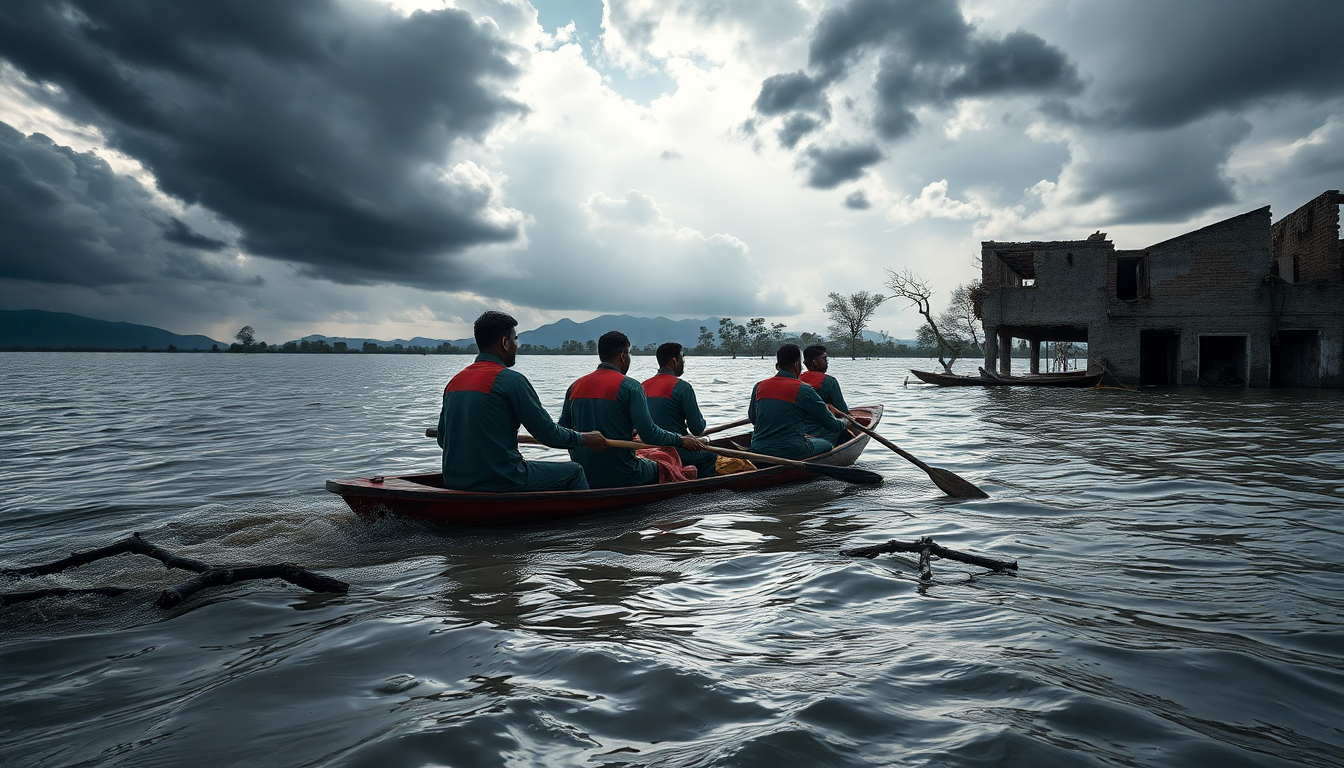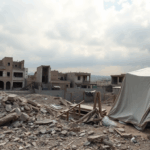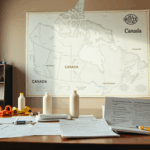Table of Contents
This year’s monsoon season has hit Pakistan hard, unleashing devastating floods that have tragically claimed hundreds of lives and left a trail of destruction in their wake. In the aftermath, extensive recovery operations are in full swing, powered by efforts from the military and government.
But what’s really happening on the ground? Let’s dive into the current situation, the challenges faced, and the valuable lessons we’ve learned from this catastrophic event.
Current recovery efforts and ongoing challenges
Right now, local authorities are making impressive progress in restoring essential services.
Reports show that about 70 percent of the electricity supply has been restored in the hardest-hit areas. Engineers are working around the clock to fix damaged infrastructure left in ruins by the floods. According to the National Disaster Management Authority, the relentless rains that began on June 26 have led to the heartbreaking loss of over 700 lives nationwide.
On top of that, more than 25,000 people have been evacuated from their homes, shining a light on just how massive this crisis has become.
Amid these recovery efforts, military doctors are stepping up to provide vital medical assistance to survivors, while soldiers are using helicopters to deliver food and supplies to remote areas that are now isolated due to the floods and landslides.
This coordinated response really highlights how crucial it is for everyone to come together in the face of such disasters.
However, it’s not all smooth sailing. The situation remains critical. Ongoing rain has complicated recovery efforts, especially in Karachi, where streets are submerged, and daily life is thrown into chaos.
Frustration is palpable among residents, many of whom feel that there was a lack of preparedness and timely warnings — something that’s absolutely essential during emergencies like this.
Government response and community impact
Prime Minister Shehbaz Sharif has called on local authorities to ramp up their recovery efforts, especially in Buner, a district severely affected by the recent downpours.
The floods there are being described as among the worst we’ve seen in years, with significant casualties and ongoing searches for around 150 missing people.
Community members have voiced their anger over the sluggish pace of government relief efforts, emphasizing that many were caught off guard by the impending flood risks. While the government argues that the floods arrived with little warning, the emotional toll on families affected can’t be swept under the rug. The absence of timely communication has only added to the grief of those who have lost loved ones or seen their homes destroyed.
In a high-level meeting led by the Prime Minister, officials are discussing strategies to enhance relief efforts and ensure that future responses to flooding are quicker and more effective. This year’s monsoon season, which typically runs from July to September, has already laid bare the vulnerabilities of many cities in Pakistan, highlighting the urgent need for better planning and resilient infrastructure.
Lessons learned and future implications
The catastrophic floods of this year are a harsh reminder of the challenges brought on by climate change. Authorities are worried about the potential for a repeat of the devastating floods experienced in 2022, which tragically resulted in over 1,700 deaths. These recurring disasters emphasize the pressing need for comprehensive disaster preparedness and effective risk management strategies.
As Pakistan navigates the aftermath of these monsoon floods, it’s crucial for both the government and communities to draw lessons from these experiences. Implementing better early warning systems, investing in resilient infrastructure, and fostering community engagement are vital steps toward lessening the impact of future disasters.
In conclusion, while the recovery efforts deserve commendation, the challenges highlighted by this year’s floods should spark a broader conversation about disaster preparedness and climate resilience. By taking proactive measures and encouraging community involvement, Pakistan can be better equipped to face whatever storms lie ahead.





